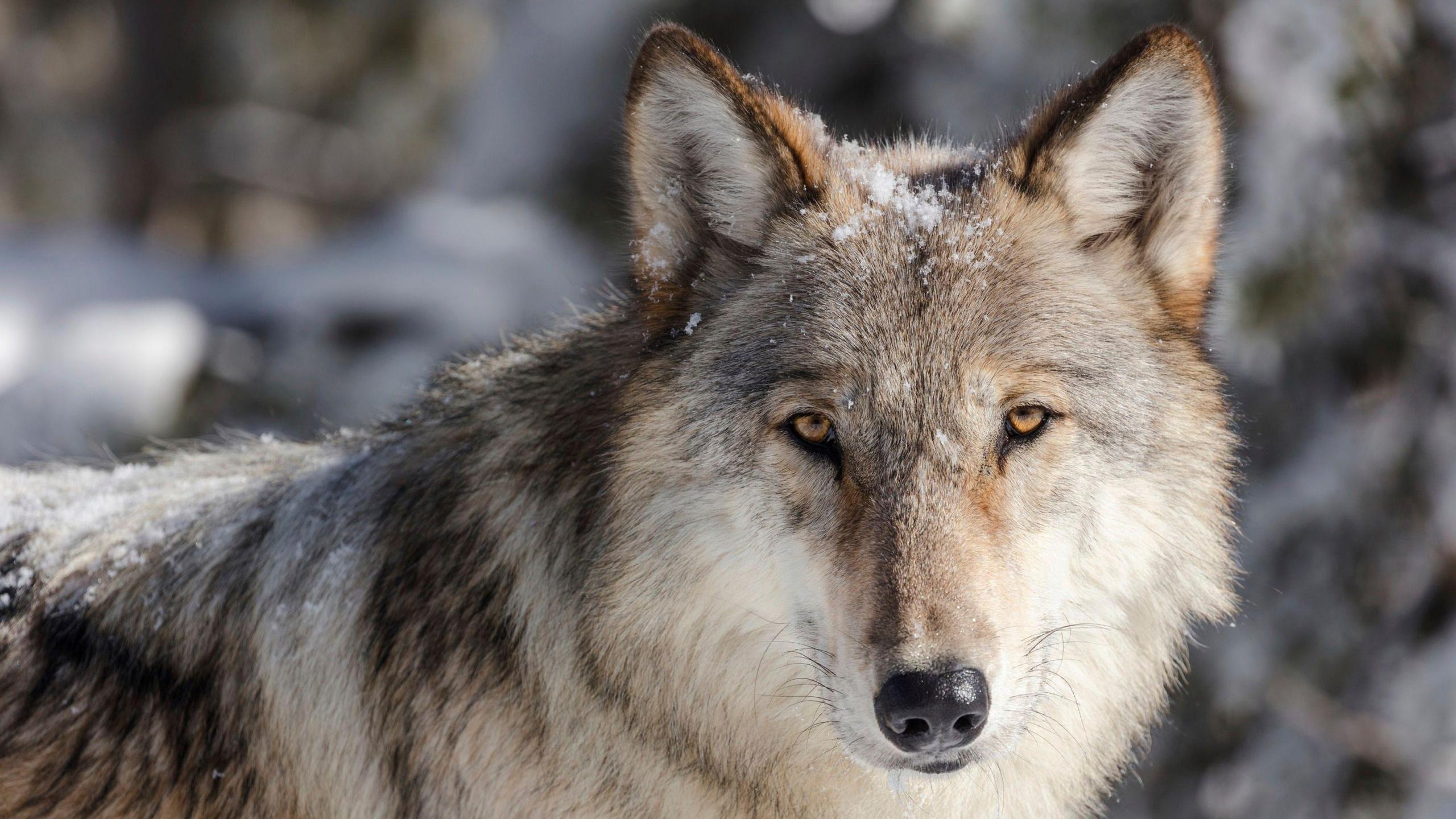Return of wolves to US national park leads to surge in aspen trees

- Published
For the first time in 80 years, aspen trees are thriving in Yellowstone National Park in the US, due mostly to the reintroduction of wolves to the area.
According to a new study the return of wolves has led to an ecological transformation.
Gray wolves disappeared from the park by 1930 because of habitat loss and hunting.
Their loss led to a type of deer species, elk, taking over.
The elk chomped grass, shrubs and even young trees which meant aspen trees didn't grow.
- Published29 September 2022
- Published4 July 2021
- Published20 September 2024
The reintroduction of wolves to the park in the early 1990s led to the elk population dropping sharply.
The authors of the study published in Forest Ecology and Management believe this is the main reason for the resurgence of aspen trees.
By looking at the particular areas where aspen trees grow over a number of years, they were able to see what had changed.
Aspen trees which are also called Populus tremula, because of the way its leaves tremble, attract a wide range of wildlife.

Aspen trees are known for their 'trembling' leaves and open canopies
Luke Painter ecologist at Oregon State University and lead author told the website Live Science:
"Aspen are a key species for biodiversity. The canopy is more open than it is with conifers and you get filtering light that creates a habitat that supports a lot of diversity of plants."
While the aspen is recovering they are not out of the woods yet.
Bison also eat the young aspen shoots and numbers appear to be increasing.
Overall, researchers say it shows what the effect of introducing a predator at the top of the food chain like a wolf can have on biodiversity.
